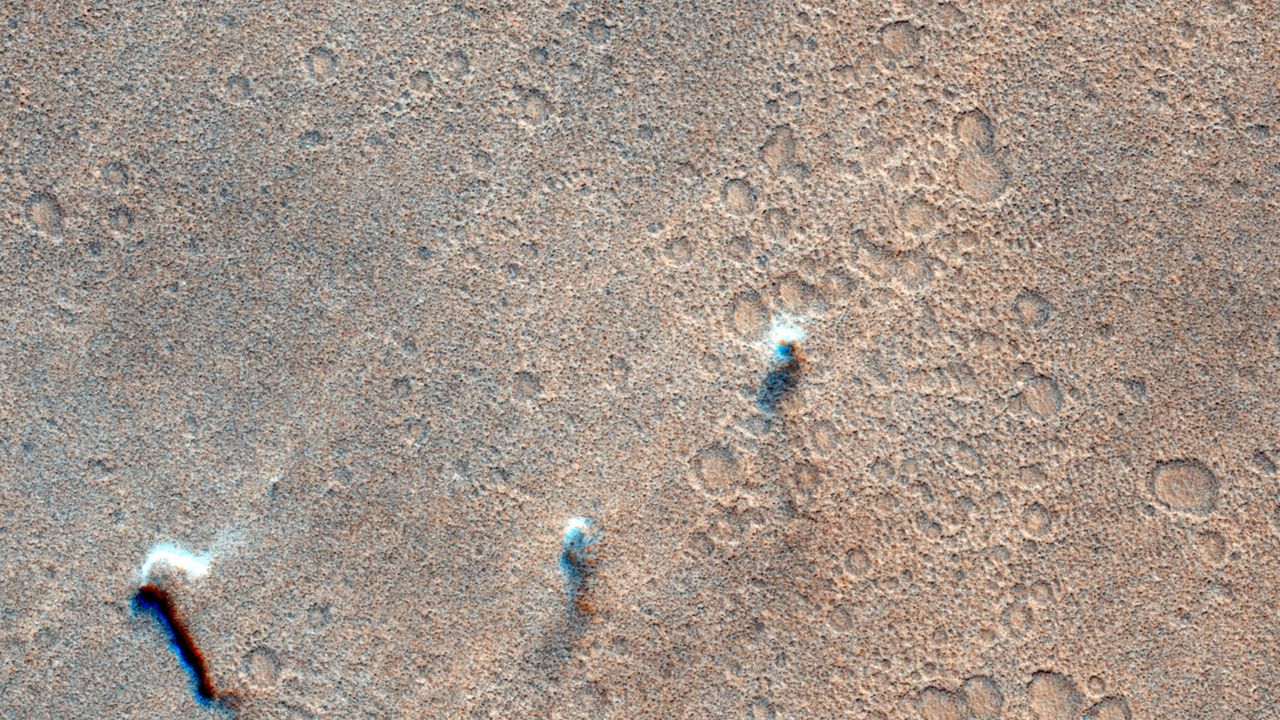IC 2184 is remarkable, having an aligned filament looking along our line of sight. Stars form inside filaments. Filaments can stretch for billions of light years in length. ESO/HUBBLE & NASA say that IC 2184 is "two interacting galaxies." This is arbitrary to the proof that hundreds of closely packed galaxies are seen in a vortex state, connected together like beads on strings by filaments, beneath the V shaped location where two filaments intersect.
ESA/HUBBLE & NASA have the professional version interpretation that is related to the big-bang theory:"Tidal tails" are vast filaments where stars form that connect galaxies together. Galaxies that we can see are groupings of stars, in particular their collective supernovas. The term "tidal tail" is misleading, and implies that a galaxy is a gravitational object with solid mass, instead of charged plasma gases in cold vacuum conditions. Galaxies like atoms are not in a fixed state of existence. All the galaxies in this photo are connected together by filaments, and follow a filamentary pattern. We see proof of hundreds of galaxies connected together by filaments at the bottom of the screen. IC 2184 is a close up section of two filaments aligned with our line of sight, that we can see right through its vast length, connecting together left and right dozens of large galaxies. IC 2184 is not a special case where two galaxies are caught interacting by gravity, instead it is a rare alignment where we can see hundreds of galaxies connected together by the same filament.
Line of sight filament looking at SN 2012A - Seeing the BIG PICTURE
 |
| SN 2012A is aligned along a line of sight filament connecting what they call two "interacting galaxies" |





No comments:
Post a Comment